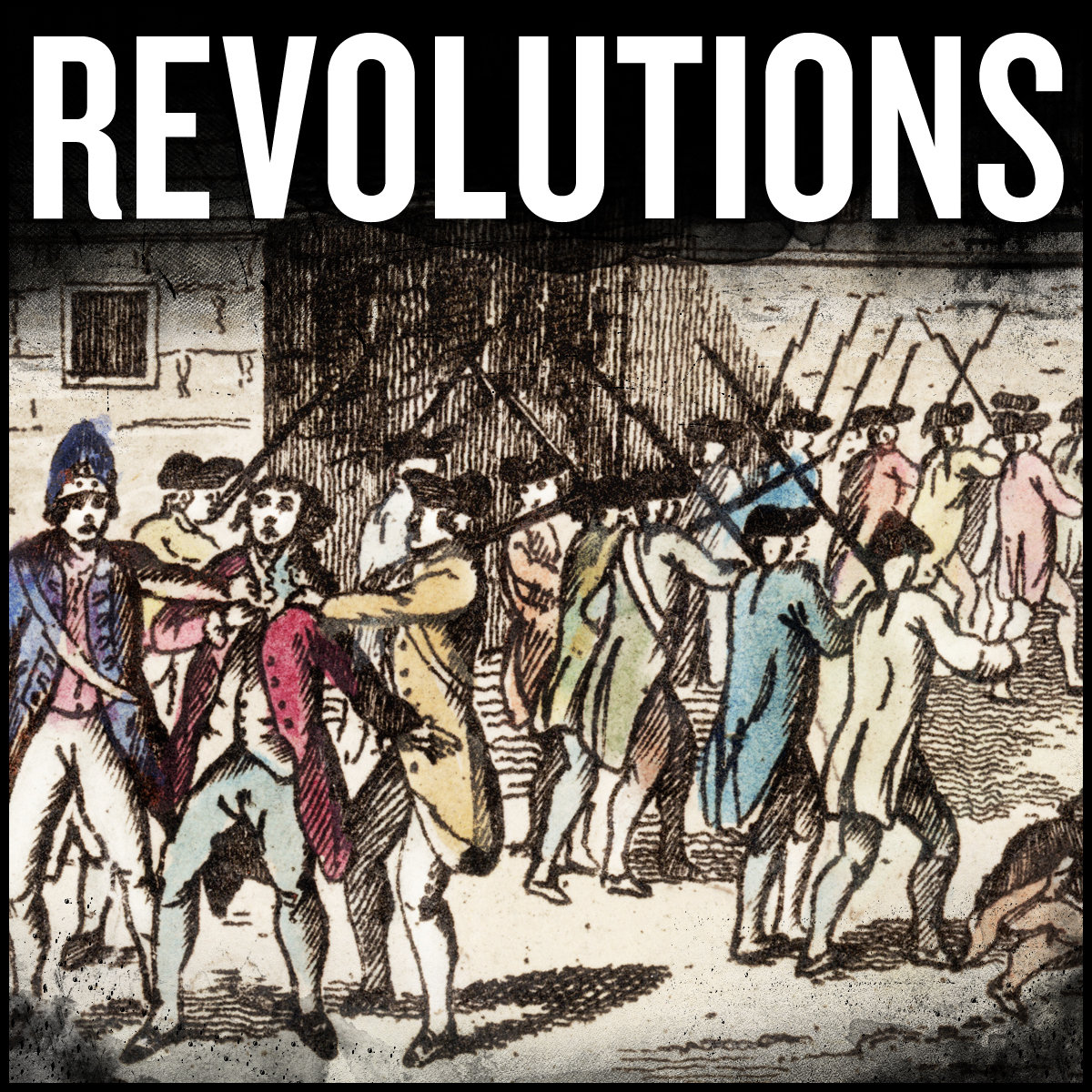
Door Key
I find myself drawn to the more social side of history than dates or battles. While I do think dates and battles are important, I find questions like ‘When did Catherine of Aragon realize she'd lost Henry VIII’s love to Anne Boleyn?’ or ‘Just what exactly was Aaron Burr's deal?’ to be what really fascinates me about history. This is the lens that I view history from on the Door Key Podcast (and the accompanying Substack newsletter) because I'm a dork with a deep love of history who wants to talk about it.
https://doorkey.substack.com/
Door Key
The Hatfields and McCoys
I would love to hear from you - click here to send Door Key a written message!
This episode looks into the infamous Hatfield-McCoy feud.
This was a bitter and violent rivalry between two American families along the West Virginia-Kentucky border from 1863 to 1891.
This episode discusses how the feud started with wartime grievances, and then escalated with personal vendettas, a notorious pig dispute, and eventually brutal violence.
This episode also discusses how the feud's legacy has evolved in modern-day, with reconciliations and even a truce between the families and celebrations like the Hatfield-McCoy Reunion Festival.
Production and Marketing assistance provided by Coffeelike Media.
It's a History Podcast, hosted by Madison Schmidt:
https://open.spotify.com/show/0awLJdLo3ZzAnOP8O8owV8
Subscribe to the Door Key Substack newsletter FREE and paid options:
https://doorkey.substack.com/
Follow Door Key on Social Media:
- Facebook: https://www.facebook.com/groups/1040108179952433
- Instagram: https://instagram.com/doorkeypod
- Threads: @doorkeypod
- LinkedIn: http://www.linkedin.com/in/doorkeypod
- Email: doorkeypod@gmail.com
Support Door Key:
- Become a paid subscriber on the Door Key Substack newsletter: https://doorkey.substack.com/
- Buy me a cup of coffee: https://www.buymeacoffee.com/doorkeypod
- Make a donation via PayPal: https://paypal.me/Doorkeypod?country.x=US&locale.x=en_US
- use our Buzzsprout affiliate link to host your podcast on this platform
The Hatfields and McCoys
Hello everyone! A quick reminder before I start this episode: The 2024 Spooktacular is coming up! There will be a Spooky themed episode every Thursday in October to celebrate Halloween! We’re so close to the Spooky! Now on to the episode …
I’m going to be talking about the famous feud between the Hatfield family and the McCoy family today. This feud is so famous that I honestly can’t remember ever not knowing about it! It’s become a very well-known subject that’s referenced all the time, from cartoons that I used to watch as a little girl, to super popular big budget shows like House of the Dragon. Actually, it was while watching House of the Dragon and catching the Hatfield and McCoy reference that I decided that I just had to do an episode of Door Key about them. Without spoiling anything on House of the Dragon, there are two houses, the Brackens and the Blackwoods that absolutely hate each other, and are in a perpetual feud. That immediately made me think of The Hatfield and McCoy feud. In full disclosure, as far as I can tell, George R.R. Martin, the author of the book House of the Dragon is based off of, has never come out and said that he’s based the Brackens and the Blackwoods feud in his book on the Hatfield and McCoy feud. But, in even fuller disclosure, I’m not the first or only one that was reminded of the Hatfield and McCoys when seeing the Brackens and Blackwoods on House of the Dragon, and honestly, that’s good enough reason to write an episode about it for me! This is a very wild story, and I’m excited to get into it!
The Hatfield–McCoy Feud involved two American families of the West Virginia–Kentucky area from about 1863 to 1891. The feud between the two families has entered American folklore and is so engrained that at this point, it kind of acts as a stand-in any two rival parties that are bitterly feuding.
These two families lived on the border of West Virginia and Kentucky, on either side of the Tug Fork area of the Big Sandy River. The McCoy family, led by Randall McCoy, lived mostly on the Kentucky side of the Tug Fork, while the Hatfields, led by William Hatfield, lived mostly on the West Virginia side. I also think this is a good time to point out that both of these families were huge – Randall had 16 children, and William had 13 children. That’s a lot of people, and a lot of names to keep straight – and then there’s extended family in the mix. I’m going to do my best to keep all of this as clear as possible, so please bear with me.
To start at the beginning of this feud, I’m going to go all the way back to the American Civil War. Both of these families fought in it. Most of the Hatfields fought for the Confederacy, and so did most of the McCoys. Except for Asa Harmon McCoy, who fought for the Union. The first real violence in the feud between the Hatfields and the McCoys was Asa’s death. Asa was killed only 13 days after he got home from the war. He was murdered by a group of Confederate Home Guards called the Logan Wildcats. The head of the Hatfield family, William Hatfield, was a suspect in this murder at first. It was later confirmed that William was at home sick at the time of the murder, so he was cleared as a suspect, but it was widely believed that William’s uncle, Jim Vance, who was also a member of the Logan Wildcats, was the one who killed Asa. No warrants for arrest were issued in connection to this murder, and there aren’t any existing records pertaining to Asa’s death.
Things were calm, then thirteen years later, in 1878, there was more violence. This violence was over a dispute about the ownership of a pig. Floyd Hatfield, who was a cousin of William’s, owned the pig, but Randolph McCoy claimed it was his. There were notches in the pig’s ear to show who owned the pig, but Randolph said the notches were McCoy, not Hatfield marks. This matter was taken to the local Justice of the Peace, Anderson Hatfield. I can’t lie, when I heard Anderson Hatfield ruled in favor of the Hatfields, I was like ‘well, of course someone from the Hatfield family ruled in favor of the Hatfields’! But Anderson ruled from the testimony of a man named Bill Staton, who was a relative of both families. So that’s that, right? Nope. In June of 1880, Bill Staton was killed by two McCoy brothers, Sam and Paris. The two were later acquitted for this murder on grounds of self-defense.
The feud got worse when one of Randal McCoy’s daughters, Roseanna, started a relationship with one of William’s sons, Johnson. Roseanna left her family and went to live with the Hatfields in West Virginia. Roseanna and Johnson went to Kentucky to visit her family, but when they did, Johnson was arrested by the McCoys on outstanding warrants he had in Kentucky for bootlegging. Roseanna went to tell her father Randal, who organized a search party. The Hatfields surrounded the McCoys and took Johnson back to West Virginia. Johnson ended up breaking up with Roseanna (who was pregnant at the time) and got together with her cousin Nancy McCoy, who he married in 1881. (Woah. How messy is that??!)
Then in 1882, William Hatfield’s brother Ellison Hatfield was killed by three of Randall’s sons on election day in Kentucky. And it was brutal - Ellison was stabbed 26 times, then shot, which yikes! The three McCoy brothers were arrested by Hatfield constables, and arrangements were made for them to be taken to the town of Pikesville for trial. Meanwhile, William organized a group who stopped the constables and the prisoners before they got to Pikesville. The McCoy brothers were taken by force to West Virginia. When it was confirmed that Ellison died from the attack, the Hatfields killed each of the McCoy prisoners. Then another McCoy, a cousin Larkin, was ambushed by a posse led by the Hatfields, but Larkin managed to get away.
There was an attempt to stop all this lawless. In fact, about twenty men, including William Hatfield were indicted for this. However, all of the Hatfields managed to evade arrest, which really made the McCoys angry. William Hatfield sent gunmen to ambush Randall McCoy and his son Calvin, but the gunmen killed two of Randall’s nephews instead, mistaking them for Randall and Calvin. Rewards were then announced for the arrest of the Hatfields.
Things were getting out of control. Days after the killing of Randall’s nephews, the acting constable Cap Hatfield and a friend Tom Wallace broke into the house of a McCoy cousin who they suspected of warning the McCoys of danger. Two other McCoys, cousins Jake and Larkin, attempted to arrest Tom Wallace for the assault, but he managed to escape.
Believe it or not, things got even worse in what would come to be known as the 1888 New Year's Night Massacre. Cap Hatfield and uncle Jim Vance led several members of the Hatfield family to the McCoy cabin. They surrounded it, and opened fire on the family, who were sleeping. The McCoys grabbed their weapons and fired back. The Hatfields then set the McCoys cabin on fire in an effort to get them outside.
Randolph was able to escape the house and hide inside a pig pen. Most of his children managed to escape into the woods. However, two of Randolph's children, Calvin and Alifair, were shot and killed as they exited their home. Randolph's wife, Sarah, was caught and almost killed. With his house burning, Randolph and his remaining family members were able to escape into the wilderness. Some suffered frostbite. Many McCoys moved away to escape these raids.
By 1891, this feud had claimed more than a dozen members of the two families. At one point, the governors of West Virginia and Kentucky even threatened to have their militias invade each other's states.
A few days after the New Year's Massacre, a posse led by Deputy Sheriff Frank Philipps rode out to track down William’s group across the state line into West Virginia. Two McCoys were members of this posse, Bud and one of Randolph's sons, James McCoy. The posse's first victim was Vance, who was killed in the woods after he refused to be arrested. Philipps then made other raids on Hatfield homes and raided the homes of their allies, capturing many and killing another three Hatfield supporters. He cornered the rest in Grapevine Creek on January 19. But, the Hatfields were waiting for them with an armed group of their own. The two parties battled, and the Hatfields were eventually apprehended. A deputy, Bill Dempsey, was wounded and executed by Frank Philipps after they surrendered. On August 24, 1888, eight Hatfields and their friends were indicted for the murder of Randolph's daughter Alifair McCoy, who I mentioned earlier was killed during the New Year's Massacre.
So, this is all a mess. And all these crimes being committed back and forth across state line made all of this mess a huge mess legally as well. Because of issues of due process and illegal extradition, the US Supreme Court had to get involved. Can you imagine a fight with your neighbors getting so bad and complicated that the Supreme Court needs to look into it?
Eventually, the men were tried in Kentucky and all were found guilty. Seven received life imprisonment, while an eighth, Ellison Mounts, was executed by hanging, and then buried in an unmarked grave within sight of the gallows.
Ellison had tried to retract his confession, stating that he was innocent and that he had only confessed because he expected leniency, but the retraction of his confession was denied. Thousands attended his hanging. Ellison’s last words were: ‘The Hatfields made me do it.’
The fighting between the families calmed down following the hanging of Ellison, but trials continued for years until the 1901.
Fast-forwarding to more modern times, in 1979, the Hatfields and McCoys united for a special week's taping of the game show Family Feud. They were playing for a cash prize and a pig. The McCoy family won the week-long series three games to two.
Tourists still travel to West Virginia and Kentucky each year to see what remains from the days of the feud. In 1999, a large project known as the "Hatfield and McCoy Historic Site Restoration" was completed. A committee of local historians spent months researching information to find out the actual history of the events surrounding the feud. This research was then compiled into an audio self-guided driving tour of the restored feud sites, and includes maps and pictures. The driving tour leads visitors to feud related points of interest including the gravesites of people involved in the feud. I think that’s really cool.
Great-great-great-grandsons of Randolph McCoy, Bo and Ron McCoy organized a joint family reunion of the Hatfield and McCoy families in 2000 that got national attention. More than 5,000 people attended this family reunion.
Also in the 2000s, a 500-mile (which is 800 km) trail system called the Hatfield–McCoy Trails was created around the theme of the feud.
The Hatfield and McCoy Reunion Festival and Marathon are held annually in June on a three-day weekend. The events take place in Pikeville, Kentucky, Matewan, West Virginia, and Williamson, West Virginia. The festival commemorates the famed feud and includes a marathon and half-marathon, the motto is ‘no feudin', just runnin', which I can totally get behind that. There’s also an ATV ride in all three towns. A tug-of-war across the Tug Fork tributary near which the feuding families lived also occurs, along with a live re-enactment of scenes from their most famous fight, a motorcycle ride, live entertainment, Hatfield–McCoy landmark tours, a cornbread contest, pancake breakfast, arts, crafts, and dancing. Launched in 2000, the festival typically attracts thousands with more than 300 runners taking part in the races.
On June 14, 2003, in Pikeville, Kentucky, the McCoy cousins partnered with Reo Hatfield of Waynesboro, Virginia, to declare an official truce between the families. Reo Hatfield said that he wanted to show that if the two families could reach an accord, others could also. ‘We're not saying you don't have to fight because sometimes you do have to fight. But you don't have to fight forever.’ This truce was signed by more than sixty descendants during the fourth Hatfield–McCoy Festival. The Governor of Kentucky and Governor of West Virginia signed proclamations declaring June 14 Hatfield and McCoy Reconciliation Day. Ron McCoy, one of the festival's founders, said it’s unknown where the three signed proclamations will be exhibited but that ‘the Hatfields and McCoys symbolize violence and feuding and fighting, but by signing this, hopefully people will realize that's not the final chapter.’
And honestly, I think that’s a really good a place to end this wild story. I can’t believe how vicious and out of hand things got between the Hatfield and McCoys. I’m so glad that the descendants of the two families have come together the way they have, and by having a reunion every year, and signing a truce, these families have managed to make something positive and uplifting out of it all.
Don’t forget, there will be a new episode of Door Key next Thursday as the Spooktacular kicks off!
Time / Hatfieldmccoyfoundation.org / Britannica / Wikipedia
Editing and marketing assistance provided by Stephanie Fuccio of Coffeelike Media.
Podcasts we love
Check out these other fine podcasts recommended by us, not an algorithm.

Vulgar History: Regency Era
Vulgar History | Realm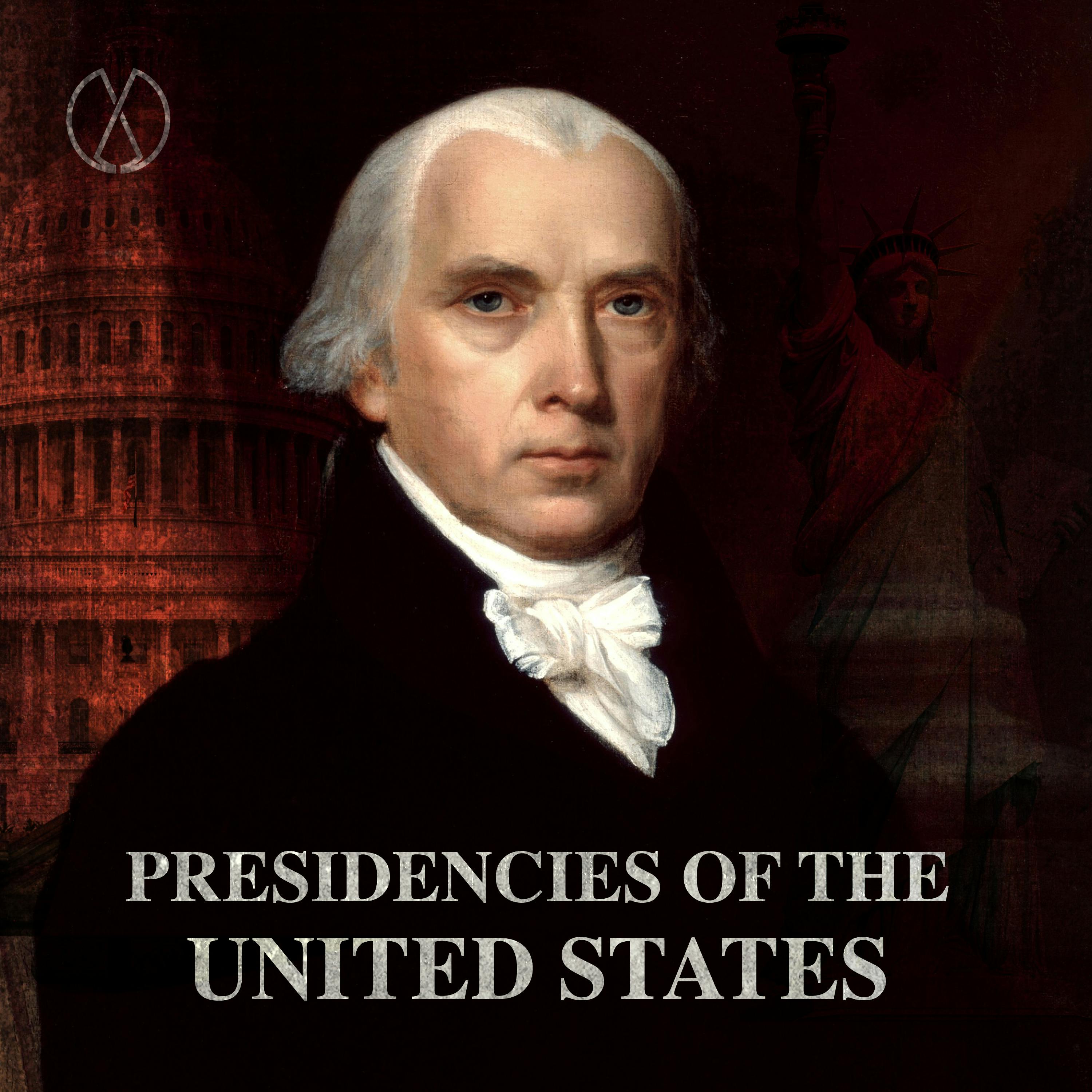
Presidencies of the United States
Evergreen Podcasts
World Herstory
Tabitha Bear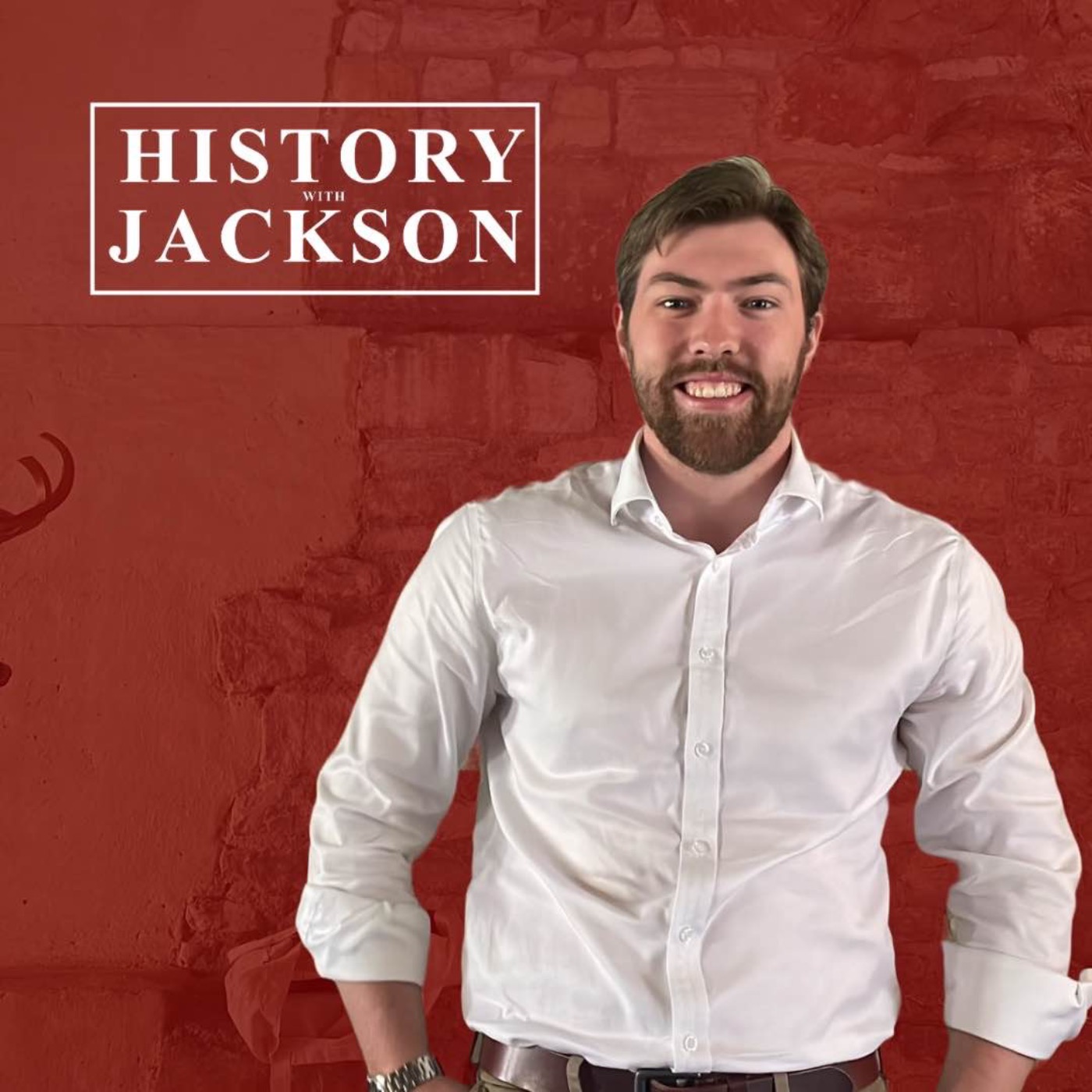
History with Jackson
History with Jackson
Civics & Coffee: A History Podcast
Alycia Asai
Deep into History
Deep into History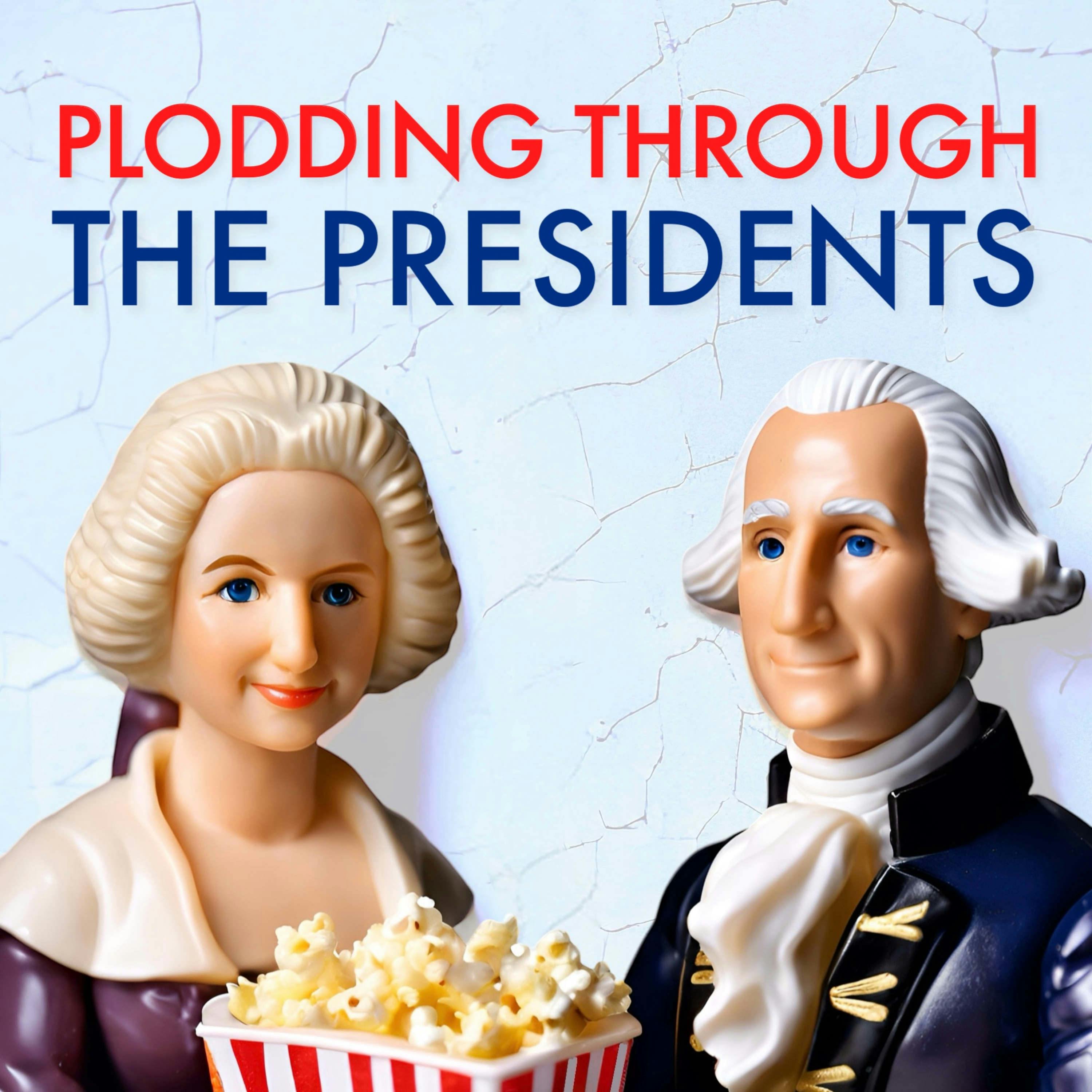
Plodding Through The Presidents
Howard & Jessica Dorre
You're Wrong About
Sarah Marshall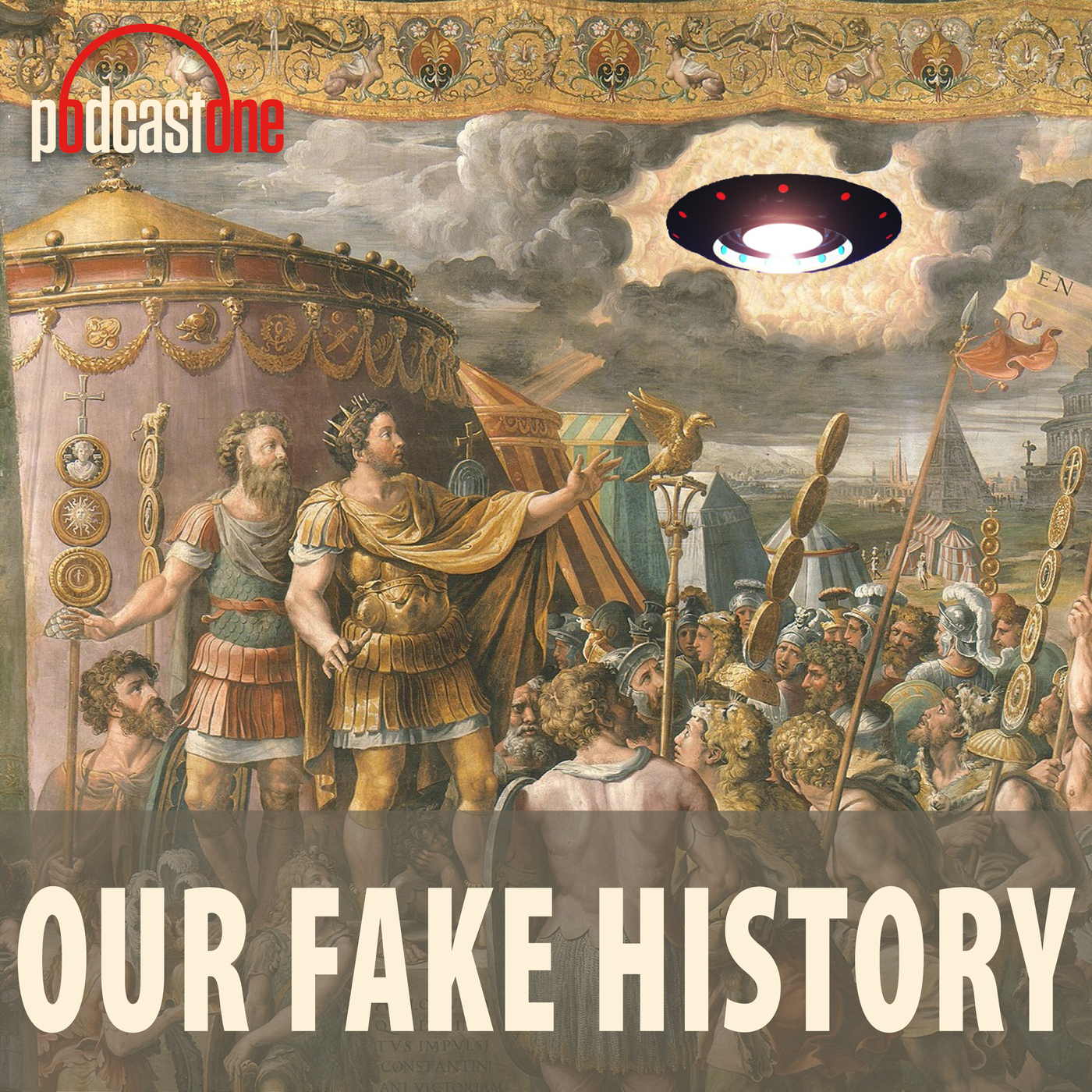
Our Fake History
PodcastOne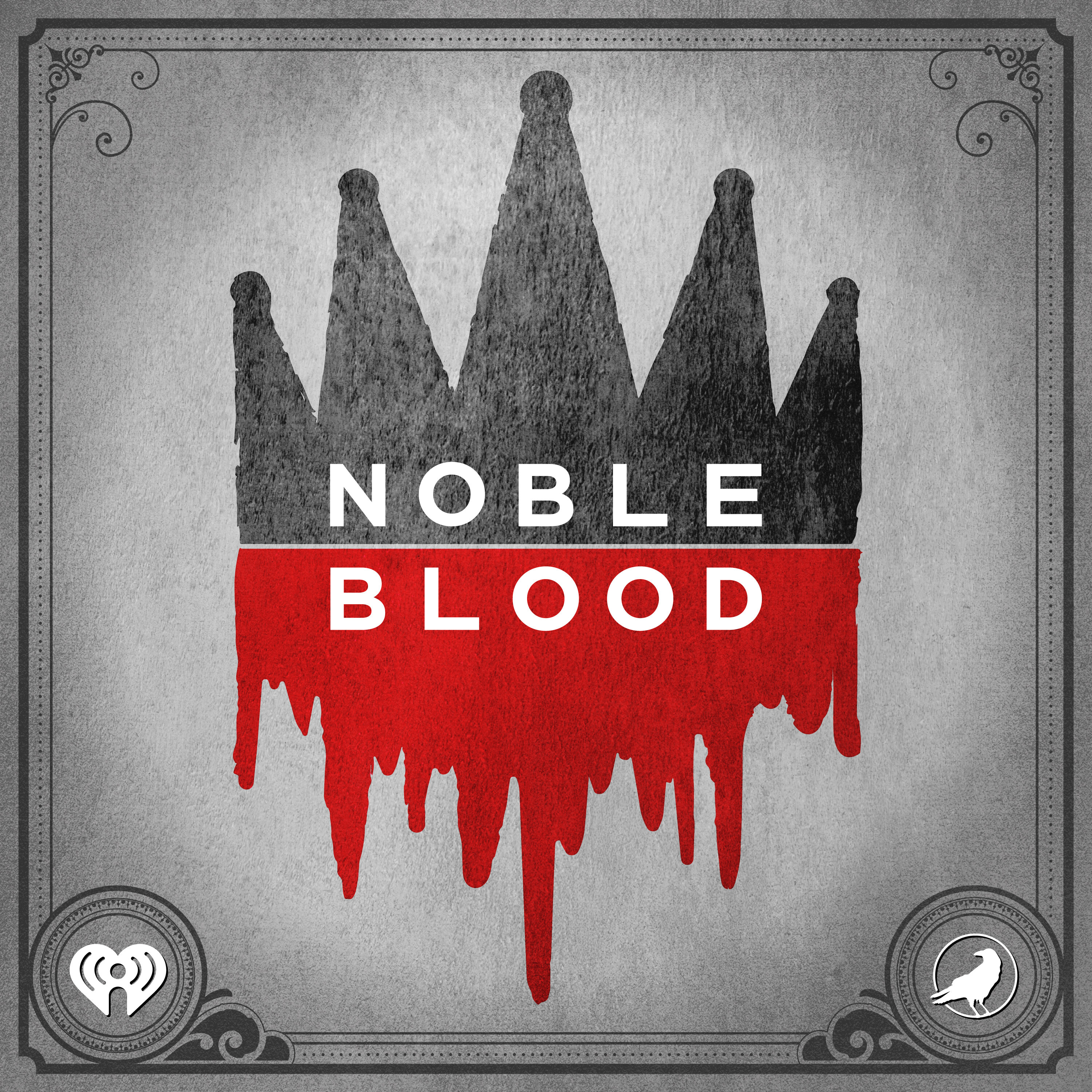
Noble Blood
iHeartPodcasts and Grim & Mild